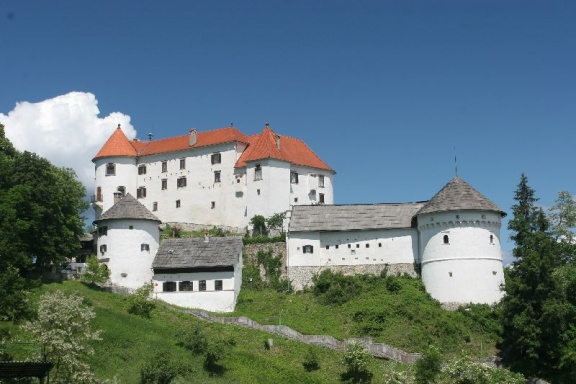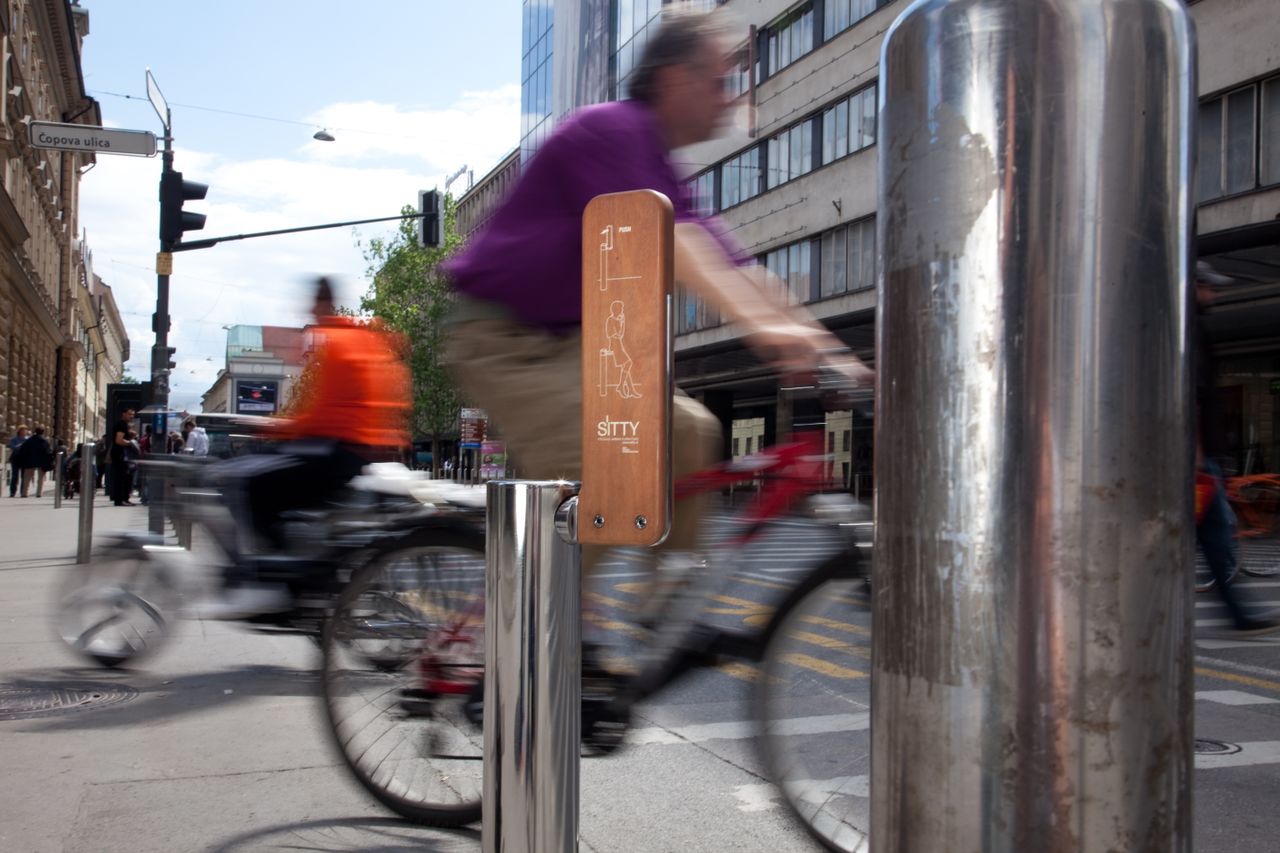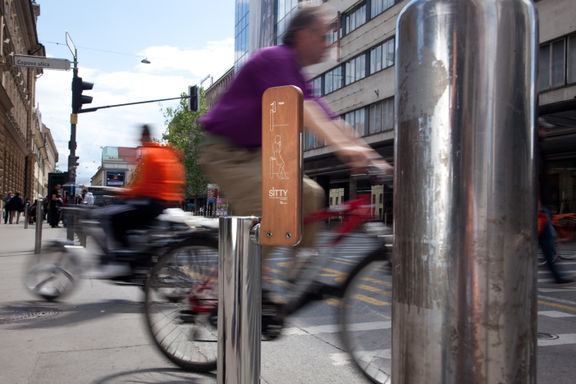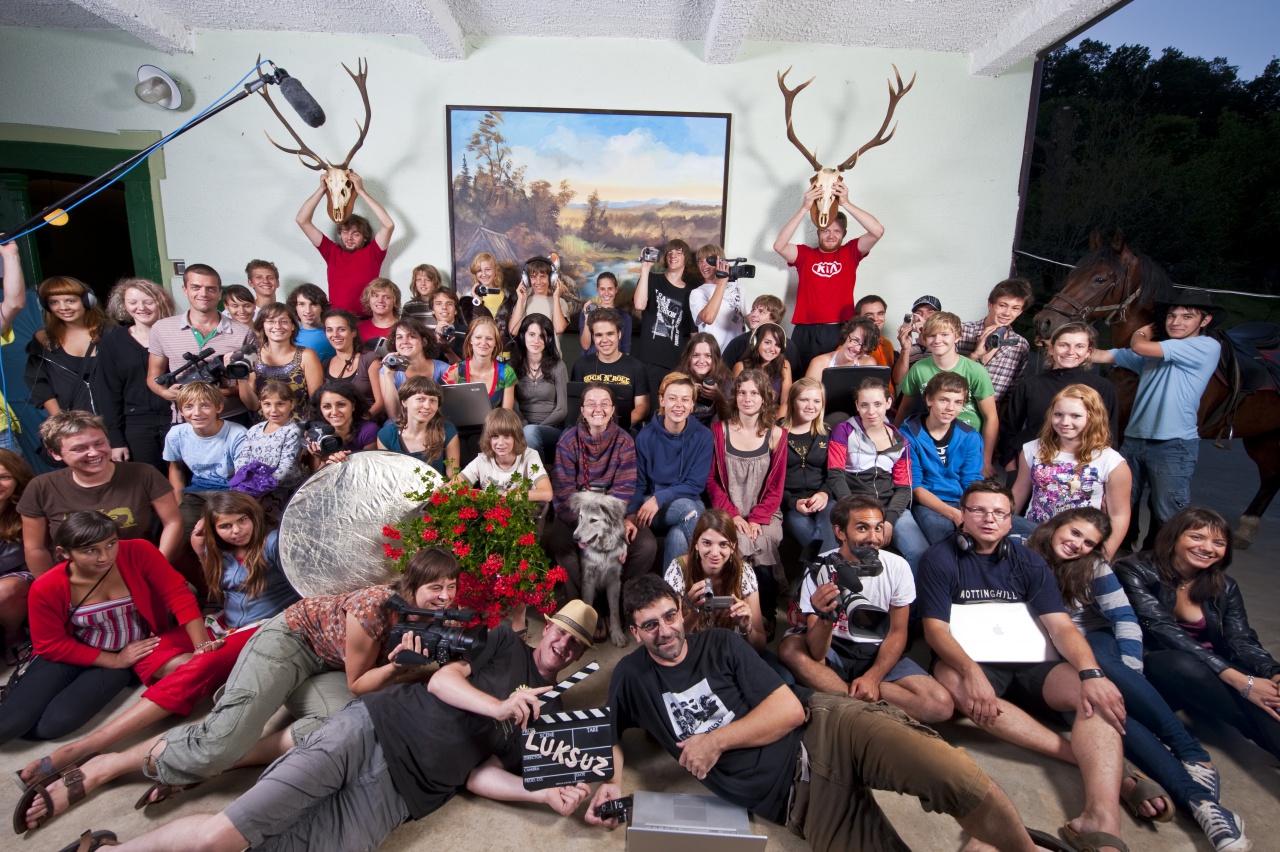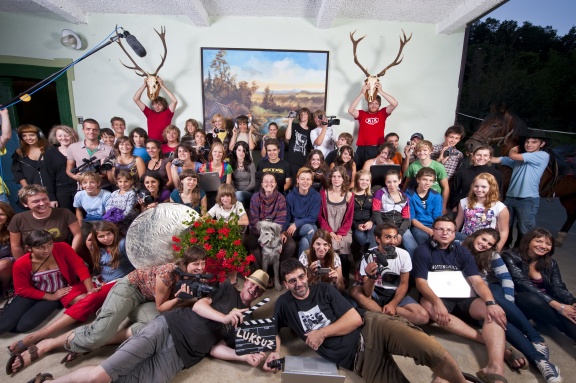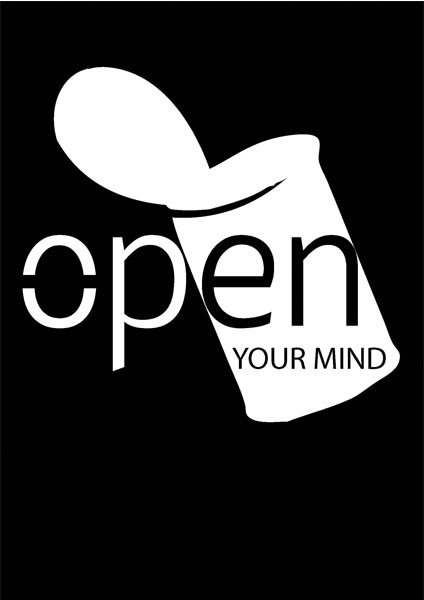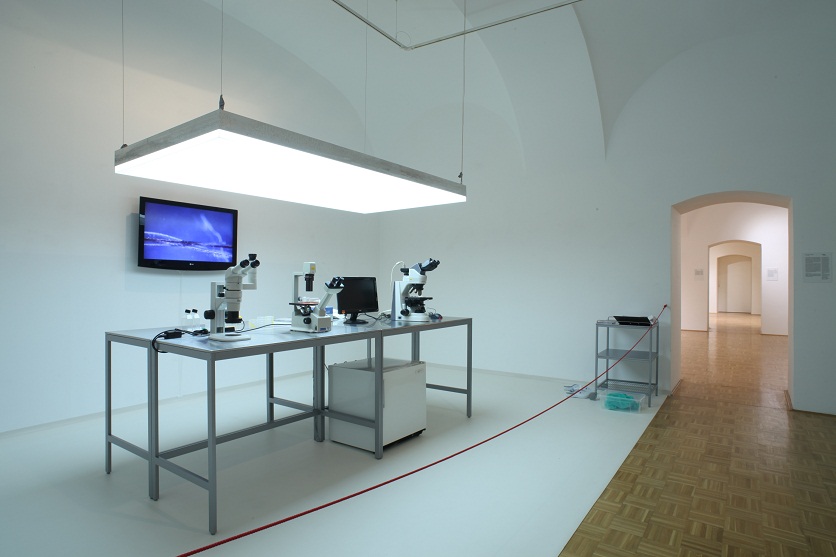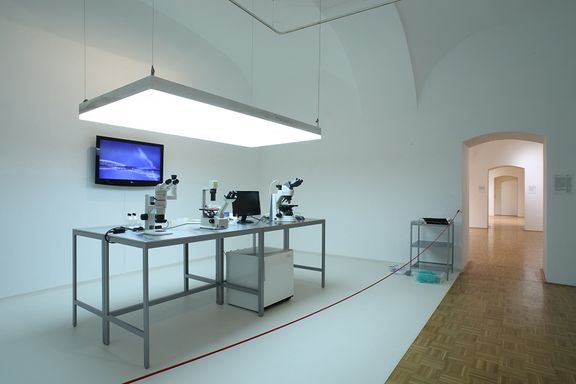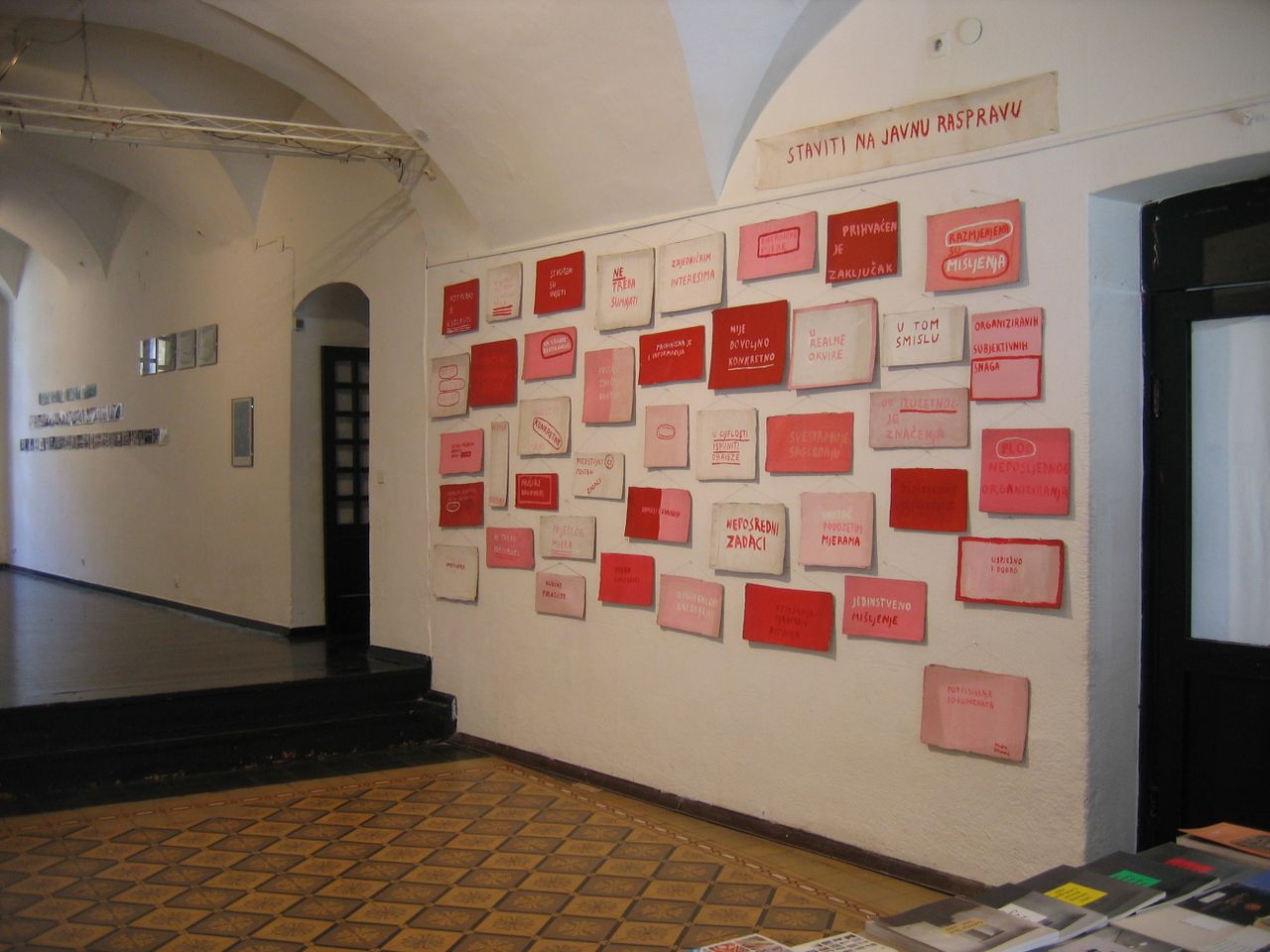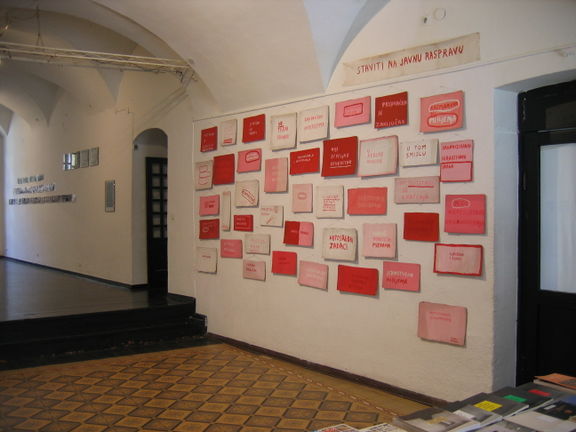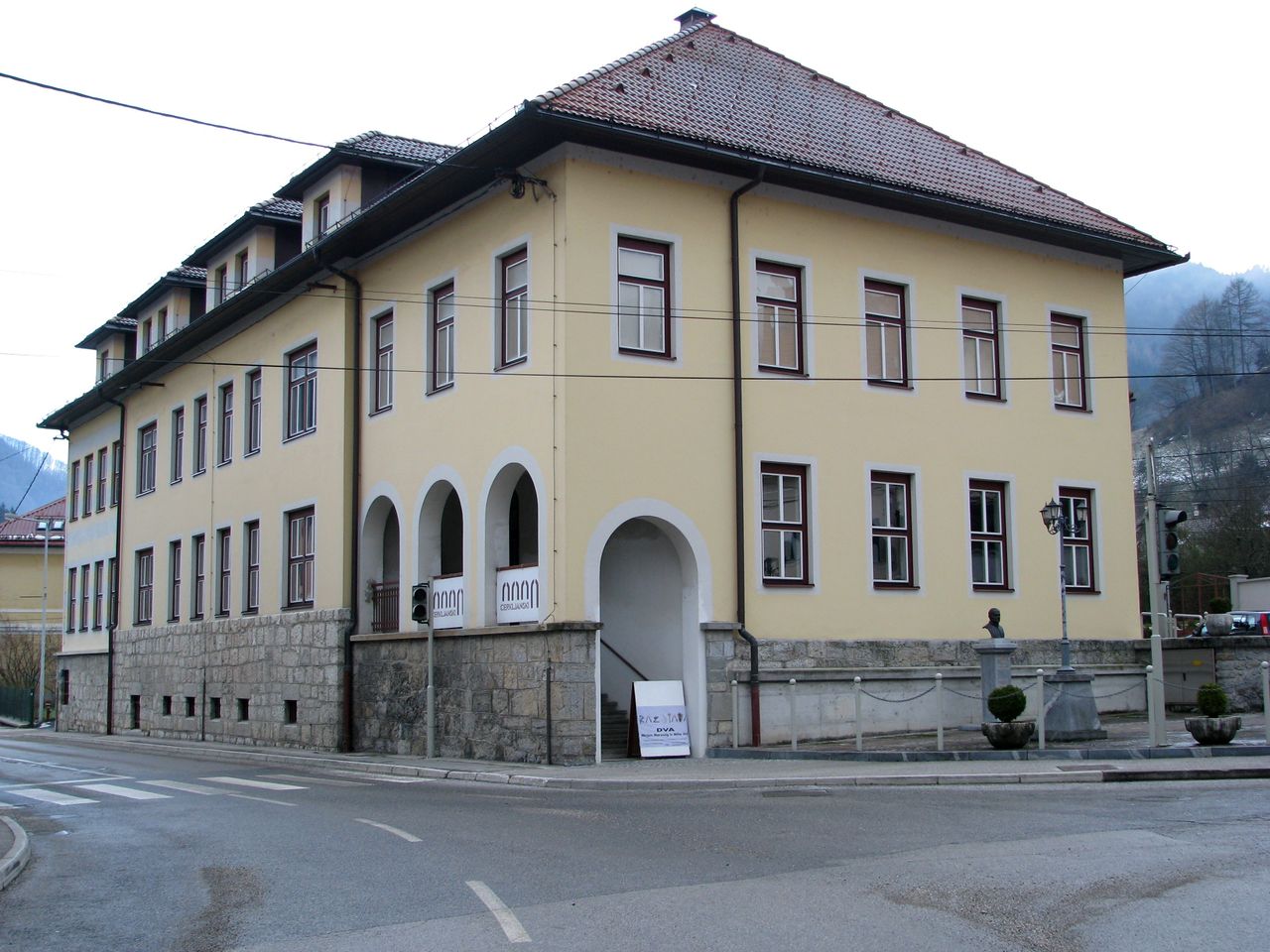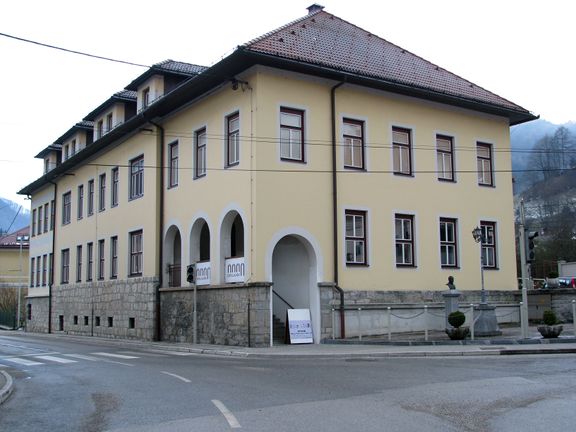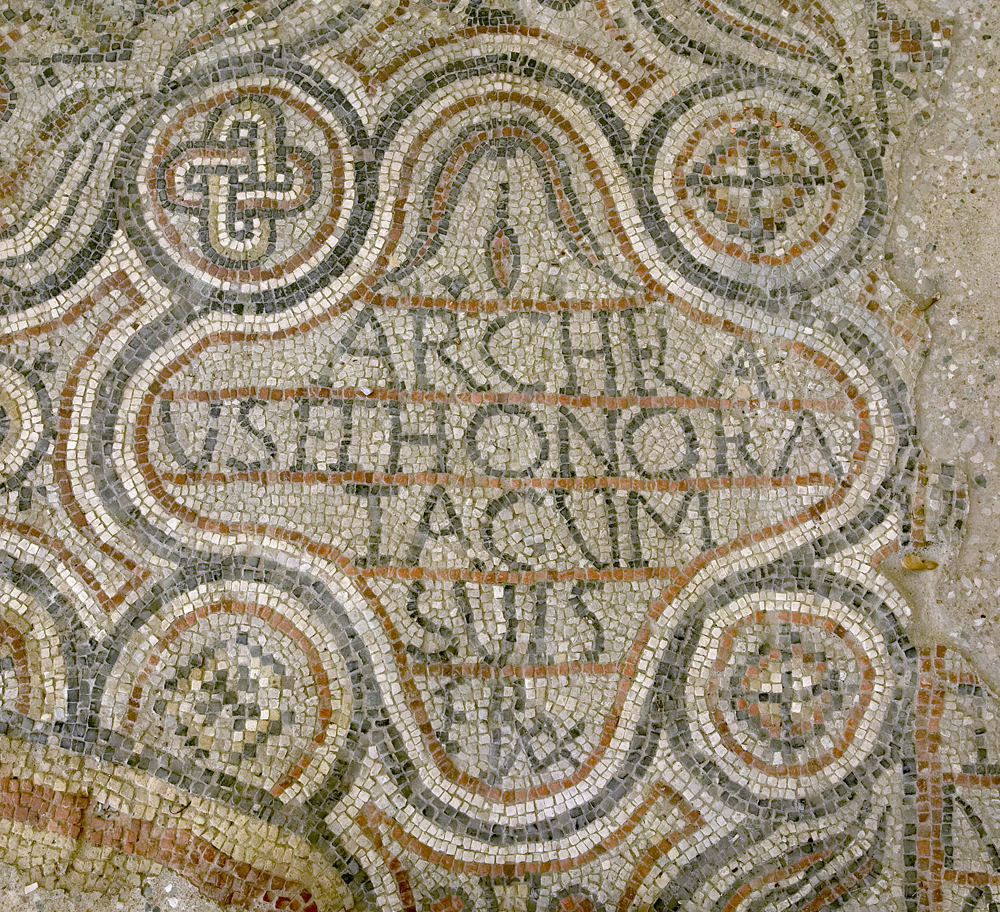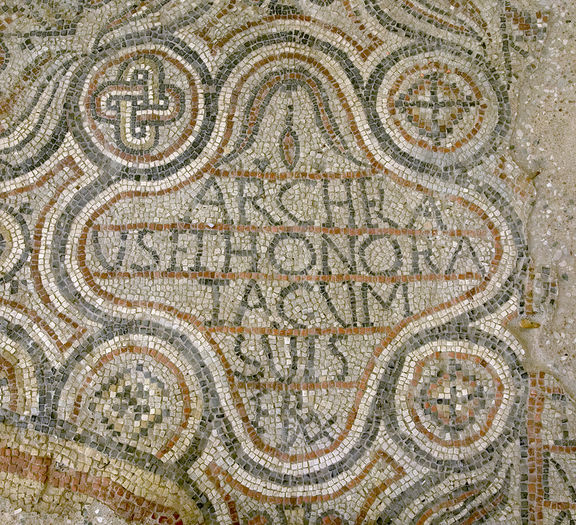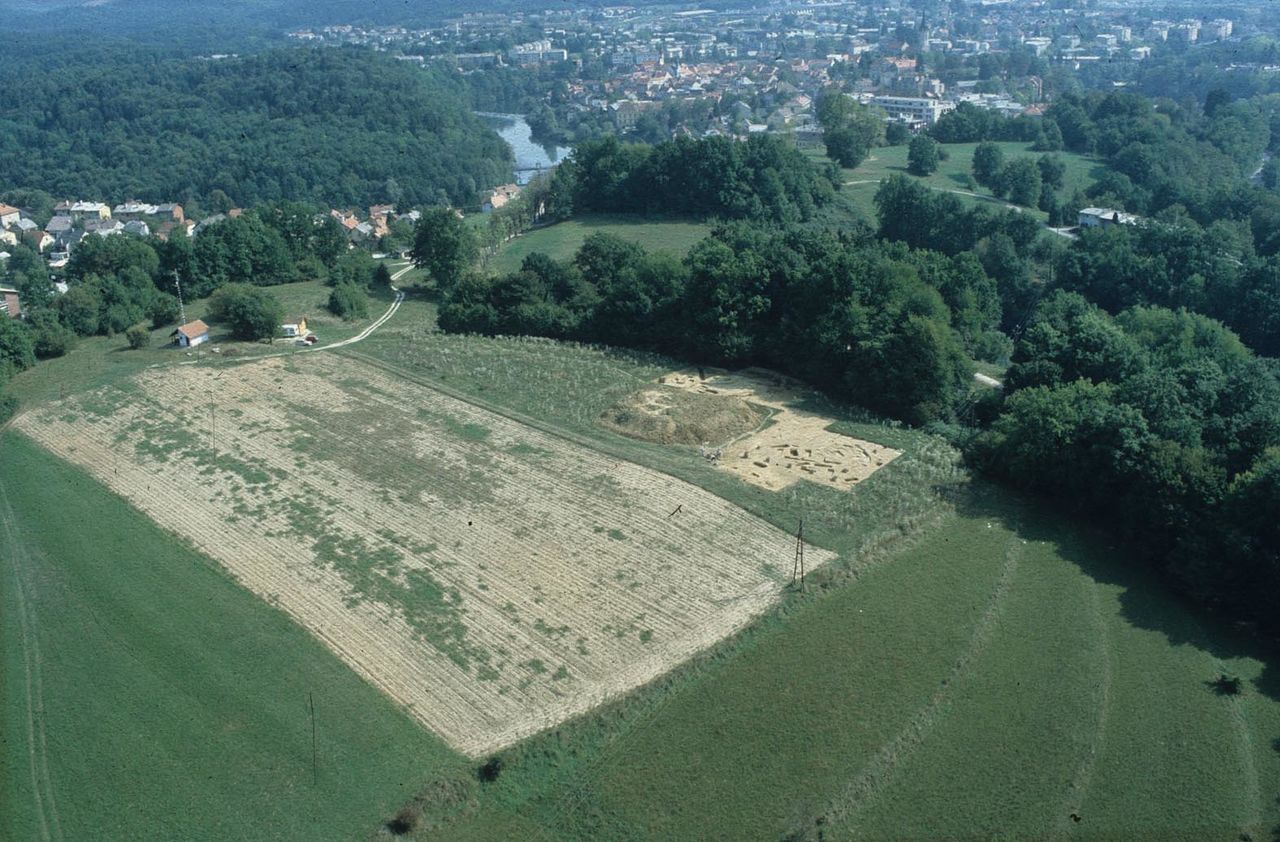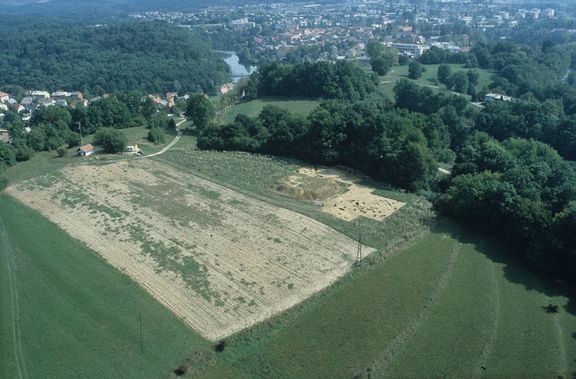Difference between revisions of "Culture.si:Featured"
(Culture.si feature-bot!) |
(Culture.si feature-bot!) |
||
| Line 1: | Line 1: | ||
__NOTOC__ | __NOTOC__ | ||
== Architecture == | == Architecture == | ||
| − | {{Featured article horizontal| | + | {{Featured article horizontal|Velenje Castle}} |
== Dance == | == Dance == | ||
| − | {{Featured article horizontal| | + | {{Featured article horizontal|NagiB Contemporary Dance Festival}} |
== Design == | == Design == | ||
| − | {{Featured article horizontal| | + | {{Featured article horizontal|Gigodesign}} |
== Film == | == Film == | ||
| − | {{Featured article horizontal| | + | {{Featured article horizontal|Luksuz Cheap Film Festival}} |
== Literature == | == Literature == | ||
| − | {{Featured article horizontal| | + | {{Featured article horizontal|Café Open}} |
== Music == | == Music == | ||
| − | {{Featured article horizontal| | + | {{Featured article horizontal|Alzheimer3}} |
== New media art == | == New media art == | ||
| − | {{Featured article horizontal| | + | {{Featured article horizontal|Celje Gallery of Contemporary Art}} |
== Theatre == | == Theatre == | ||
| − | {{Featured article horizontal| | + | {{Featured article horizontal|Glej Theatre}} |
== Visual arts == | == Visual arts == | ||
| − | {{Featured article horizontal| | + | {{Featured article horizontal|Škuc Gallery}} |
== Intangible heritage == | == Intangible heritage == | ||
| − | {{Featured article horizontal| | + | {{Featured article horizontal|Cerkno Museum}} |
== Monuments and sites == | == Monuments and sites == | ||
{{Featured article horizontal|Roman Emona}} | {{Featured article horizontal|Roman Emona}} | ||
== Museums == | == Museums == | ||
{{Featured article horizontal|Dolenjska Museum Novo mesto}} | {{Featured article horizontal|Dolenjska Museum Novo mesto}} | ||
Revision as of 20:35, 2 September 2011
Architecture
Dance
Design
Film
Literature
Music
Alzheimer3
NOT ROBOT, WRITING DONE, INFOBOX DONE, PROOFREAD DONE, FERTIK, NOVERIFY, Article, NO PHOTO, Articles maintained by Ičo Vidmar, DEPO
New media art
Theatre
Glej Theatre
NOT ROBOT, WRITING DONE, INFOBOX DONE, PROOFREAD DONE, FERTIK, NOVERIFY, NODEPO, Articles maintained by Katja Kosi, PHOTO, FEATURED, Article, Groups, Theatre & Dance, Producers, Theatre, Theatre producers, Theatre groups, HAS LOGO, EU funding of Slovene organisations (Culture and MEDIA Programmes), EU Culture funding recipient, Updated 2017, HAS MAP, Venues, EU Creative Europe, Culture funding recipient, Event organisers, Festival organisers, Puppetry event organisers, Puppetry, Puppetry festival and event organisers, Theatre festival organisers, Theatre festival and event organisers, Theatre venues
Visual arts
Škuc Gallery
NOT ROBOT, WRITING DONE, NEEDSUPDATE, NOVERIFY, NODEPO, Article, Producers, NIFERTIK, INFOBOX, TOPROOFREAD, HAS LOGO, NO PHOTO, EU funding of Slovene organisations (Culture and MEDIA Programmes), EU Culture funding recipient, HAS MAP, Visual arts galleries, Visual arts, Galleries, Venues, Visual arts producers, Visual arts exhibition organisers, Exhibition organisers, Publishers, Articles maintained by Simon Smole, Workshop organisers, Visual arts workshop organisers, Visual arts commercial galleries, Visual arts publishers




